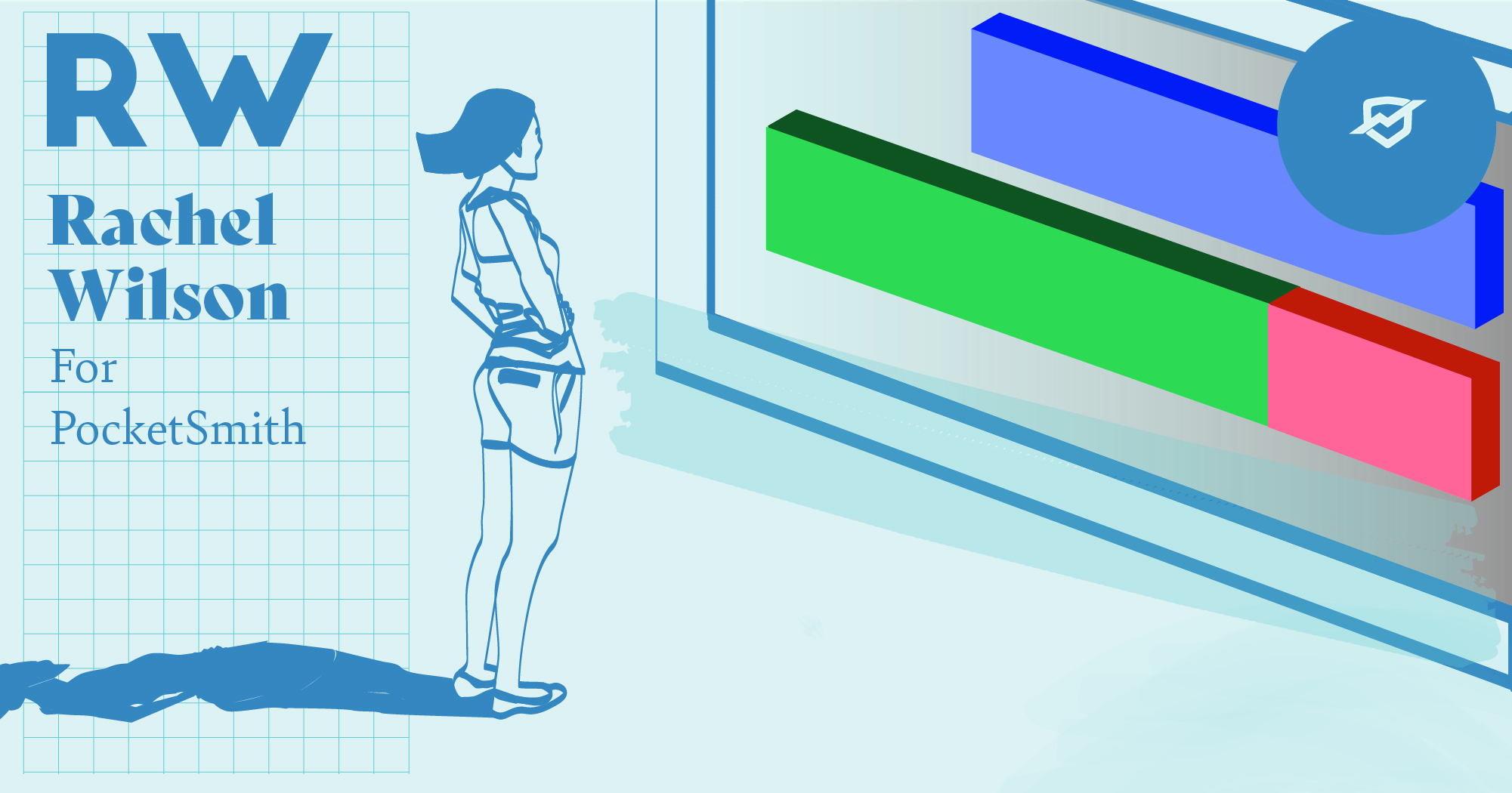
In general, I’m not a fan of new year’s resolutions. January 1st is just another day to me, albeit one that generally catches me wondering where the last week went. I don’t feel a need to join the (slightly depressing) >80% failure rate of resolutions made on that particular day. If I want to make a new habit, I’m more likely to start it:
One thing I do like doing around the new year is taking a good hard look back at my financial habits of the last year. Some of them started on a dreary midwinter Wednesday and are still going strong. Others might have crept in over time without me noticing. After that, I can look ahead and make a solid plan for my money for the upcoming year.
I find PocketSmith’s Income and Expense Statement fantastic for seeing the big picture of where my money is (or isn’t) going. First I go through and look for any discrepancies, mismatches, or giant holes that shouldn’t be there. Then I drill down to see the nitty-gritty details.
A $1500 business expense at Noel Leeming? Good thing I scanned my receipt. Turns out I forgot to add a budget line for the new work laptop. Fill that gap and move on. Have I miscategorized a weekly client payment as monthly? Maybe I accidentally filed a big transaction as ‘expense’ instead of ‘income’. Did I adjust my rent budget back when the rent raise kicked in?
By the time I’ve finished that, my ‘budgeted’ and ‘actual’ columns should be looking pretty similar. There’ll be some differences in places, but that’s fine. Now we need to…
Whether it’s going to a shop too often or sneaking cheeky extras into our shopping basket, we’ve all got problem areas, right? I have one in particular, which is why I’ve started labeling my Warehouse transactions after each trip. There’s nothing worse than looking at unmarked transactions and wondering how to categorize them when they were a month ago and you don’t remember if you bought shoes or kitchen utensils or… wait… what even did I buy that time?
Fair warning, this can be an uncomfortable experience. Seeing all my Warehouse trips for the year makes me aware of just how often I go there, and often for things I don’t really need. It can also turn up patterns I’ve let get out of control — like, uh, impulse buy 2-for-$2 KitKats (Every. Single. Time.)
But change starts with awareness. Now that I’m aware of that habit, I can change it.
Now that I’ve evened out the bumps in my budget and highlighted the danger zones of my spending for the last year, I can sit back and breathe. Now for the fun part — using the Trends page and the Income and Expense Statement to make tweaks for next year.
What areas am I overspending in? Or underspending? I need to adjust my 2023 budget for these — while making allowances for things like inflation, income forecasts, and any known upcoming life changes.
What changes have there been in the last year? I moved jobs, became a freelancer, and started juggling multiple irregular sources of income. Do I have good systems in place to handle these? How will they affect my budgeting going forward?
Maybe my power bill came in under budget every month, except in winter when it was bang on. Is there a better way to set that up? Can I lower my monthly power budget but set it to roll over, so my winter expenses are covered by the summer excess? Or set a single annual power budget instead?
How’s my grocery budget looking? Prices are going up everywhere. Do I need to give myself more room for next year? Looking at my income forecast, can I afford to?
If I’m overspending in an area, do I need to reel it in next year or is it a sign to extend the budget? If I’m underspending, can I trim the budget or do I need to tell myself to relax and splash out a bit? If I was on target this year, do I leave that budget the same for next year or add 10% for rising costs?
By the time I’ve worked through that, I should have a solid plan for my money for the next year. Of course, any plan needs some wiggle room — no matter how good my planning, there’s always something unexpected that crops up. I have a good emergency fund, and PocketSmith gives me the flexibility to adapt on the fly.
So no, I don’t make new year’s resolutions… but I do make a new year’s plan. I find it a lot more achievable. How about you?
Rachel E. Wilson is an author and freelance writer based in New Zealand. She has been, variously, administrator at an ESOL non-profit, transcriber for a historian, and technical document controller at a french fry factory. She has a keen interest in financial literacy and design, and a growing collection of houseplants (pun intended).